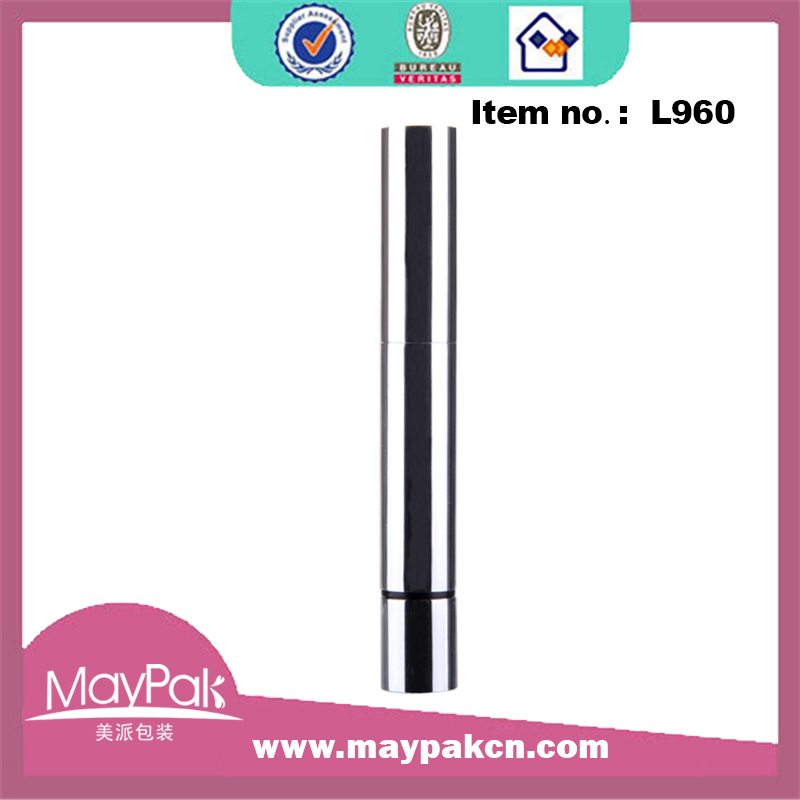Polyphenylene Ether (PPE) – A thermoplastic, linear, noncrystalline polyether obtained by the oxidative polycondensation of 2,6-dimethylphenol in the presence of a copper-amine-complex catalyst. Polyphenylene ether, also called polyphenylene oxide, is usually blended with polystyrene to improve its toughness and processability. Polyphenylene ether has excellent electrical properties, unusual resistance to acids and bases, and is processable on conventional extrusion and injection molding equipment. PPE is easily attacked by some hydrocarbons, although it resists many chemicals. Polyphenylene ether possesses excellent dimensional stability, low moisture absorption, and high mechanical and dielectric strength.
In 1965 polyphenylene ether was introduced as polyphenylene oxide (PPO) by the General Electric Co. in the U.S. and by AKU in Holland. Unfortunately for polyphenylene oxide its price is too high to justify extensive use which led to the introduction of the related and cheaper Noryl (PPE+PS) materials by General Electric Co. in 1966.
